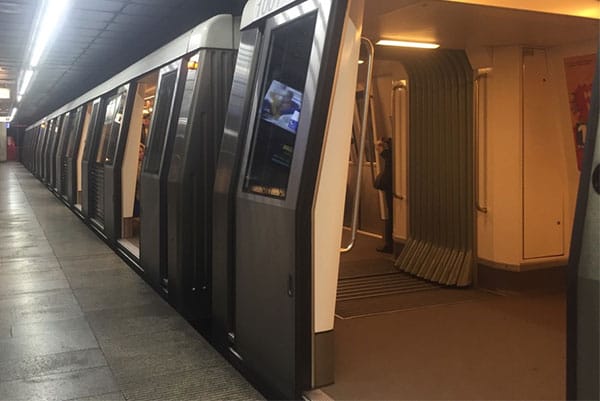
The public transportation system in Bucharest is moderately or partially accessible. Use of this transportation network will require some planning for disabled travelers, especially those in wheelchairs.
All of the city’s buses are wheelchair accessible. The city’s subway system can be navigated by those in manual wheelchairs, but is not suitable for the majority of powered wheelchairs or scooters. On-street trams require riders to climb multiple steps to gain access to the passenger cabin.
City Bus & Trolleybus
Bucharest’s public transit network, excluding the Metro subway, is operated by Regia Autonomă de Transport București, RATB. All of the city’s standard bus routes are operated by wheelchair accessible buses. These buses have lowered floors and a fold-out ramp at the center door which permits easy roll-on/roll-off access. One wheelchair securement space is available on each bus, though securement straps are not always available.
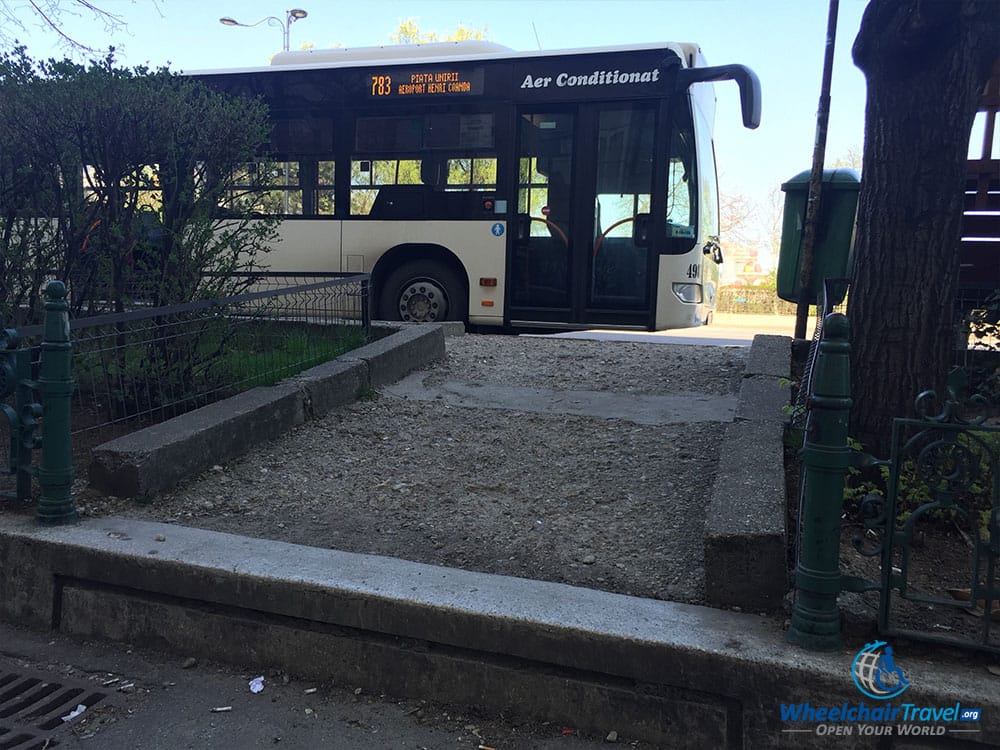
The city’s trolleybuses, which are connected to and powered by overhead electrical wires, are largely accessible. 14 of the 19 trolleybus lines are wheelchair accessible with features similar to those found on the standard buses. The accessible lines are, as of my April 2015 visit: 61, 62, 66, 69, 70, 71, 79, 85, 86, 90, 91, 92, 93 and 96.
Service from Henri Conada International Airport (OTP) is available via express bus routes 780 and 783 to multiple points downtown and throughout the city. Boarding of these buses occurs on the level below the airport’s Arrivals Hall. A caution for wheelchair users who require the Piata Unirii stop: It is OK to get off the bus in this area, however, the boarding area (departure points for trips TO the airport) is across the square and completely inaccessible to wheelchairs. The nearest accessible departure point is 1 kilometer away at the Coltea Hospital (Spitalul Coltea).
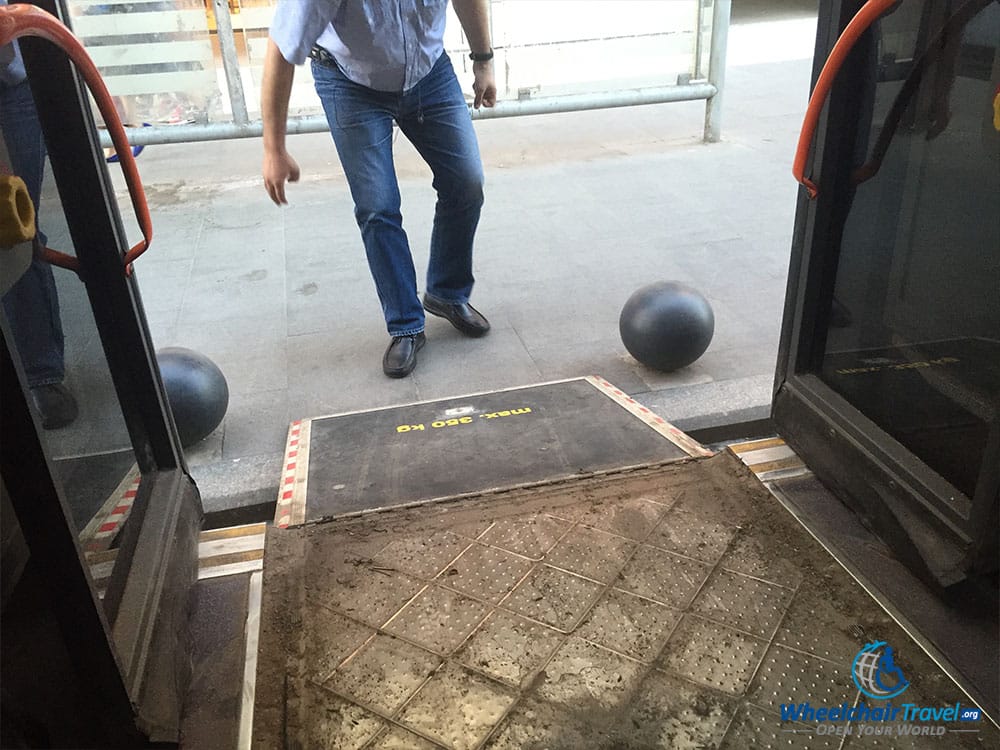
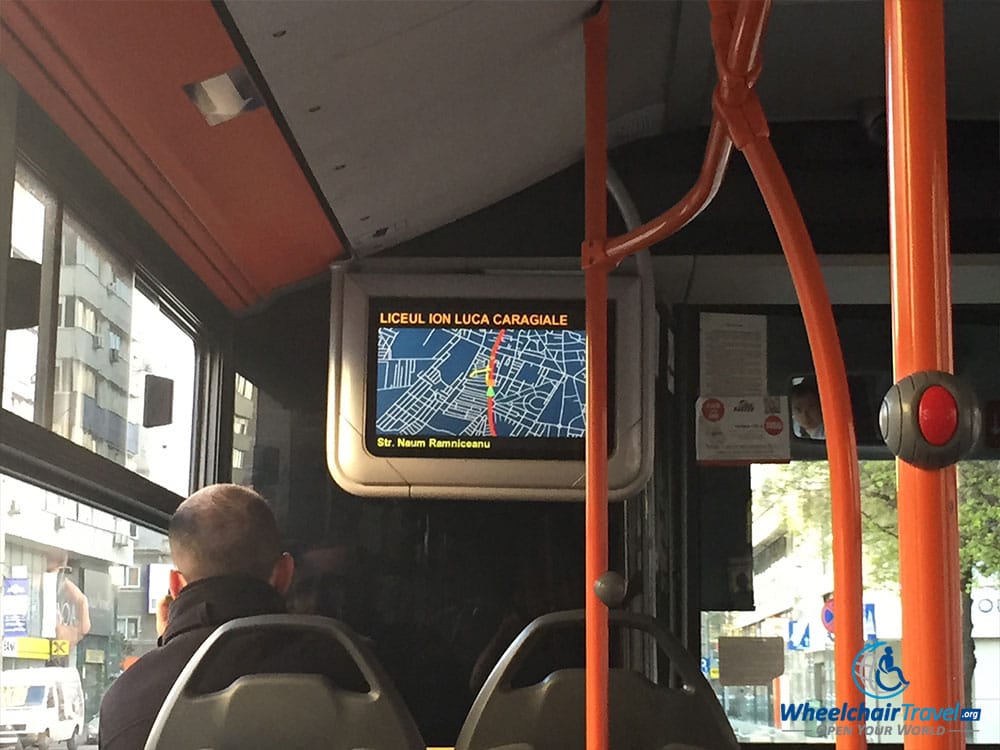
Fares and tickets for the city’s RATB bus service are separate from those of the Metro Subway. For the city bus, the following fares are charged:
Express Bus — 7 LEI round trip
Urban Bus — 1.30 LEI each way
Suburban Bus — 1.50 LEI each way
Upon arrival at the airport, a round trip ticket on the Airport Express Bus, route 780 or 783, can be purchased and placed on a Multiplu ticket card. The cost of the card and round trip fare is together 8.60 LEI (~$2.25 USD). One-way Airport Express Bus tickets cannot be purchased. The Multiplu card cannot be reloaded, but up to 10 journeys can be loaded onto the card at time of purchase.
Once in the city, visitors can purchase a reloadable card ACTIV card at one of these centers. The ACTIV card can be purchased for 3.70 LEI at any point of sale. The minimum load amount is 15 LEI and the maximum is 50 LEI.
In practice, disabled passengers and those in wheelchairs ride free on the city’s bus network. Travelers without an apparent physical disability are required to apply for a disability identification card. Due to the extremely low cost fares of less than $0.50 each way on standard city bus routes, it will be much less of a hassle for visitors and tourists to simply pay the fare.
Additional information on fares, passes, bus routes and maps is available at ratb.ro/eng.
Metro Subway
The Bucharest Metro Subway is spread across 4 lines and serves 51 stations throughout the city. Many stations have recently had elevators installed, but accessibility is dependent upon your wheelchair.
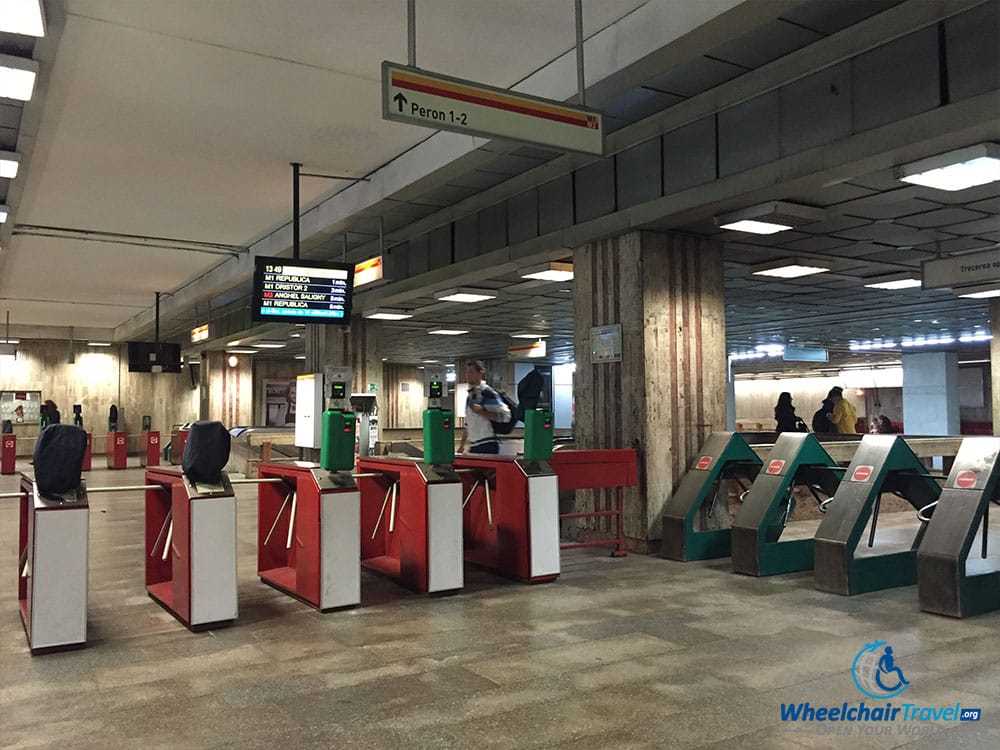
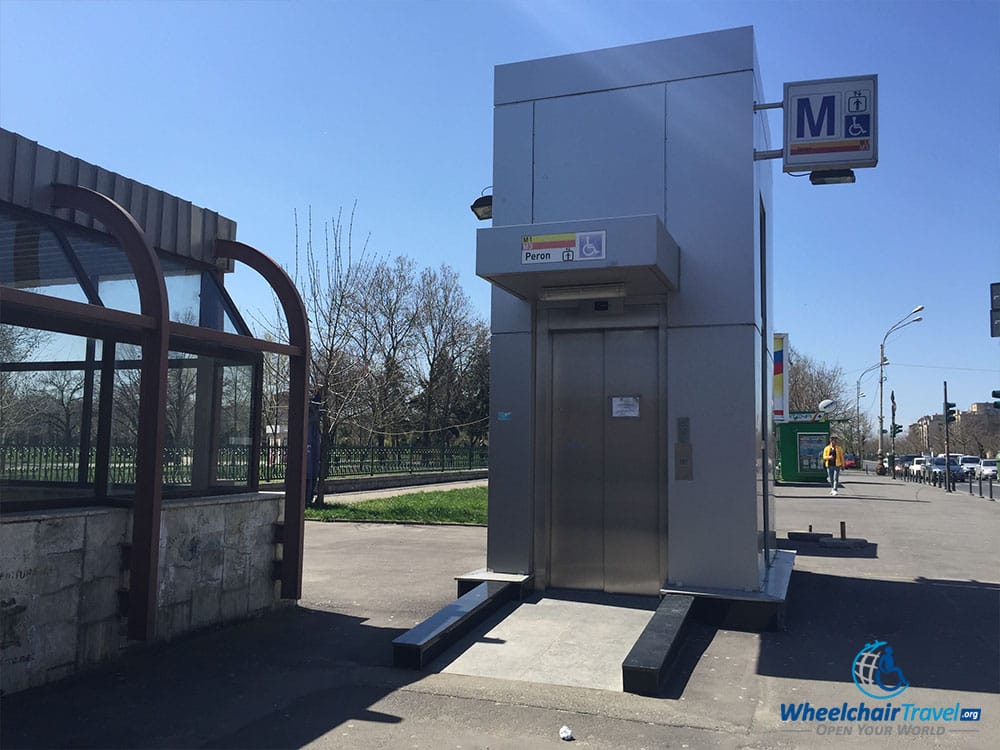
Large gaps of up to 5 inches exist between the subway train and station platforms. Trains are often not level with the platform and require a step up of 2-3 inches. Power wheelchairs with larger tires can navigate the gap, but most chairs with 6 wheels and the typical scooter would become stuck in the gap. Manual wheelchair users will be afforded much greater flexibility.
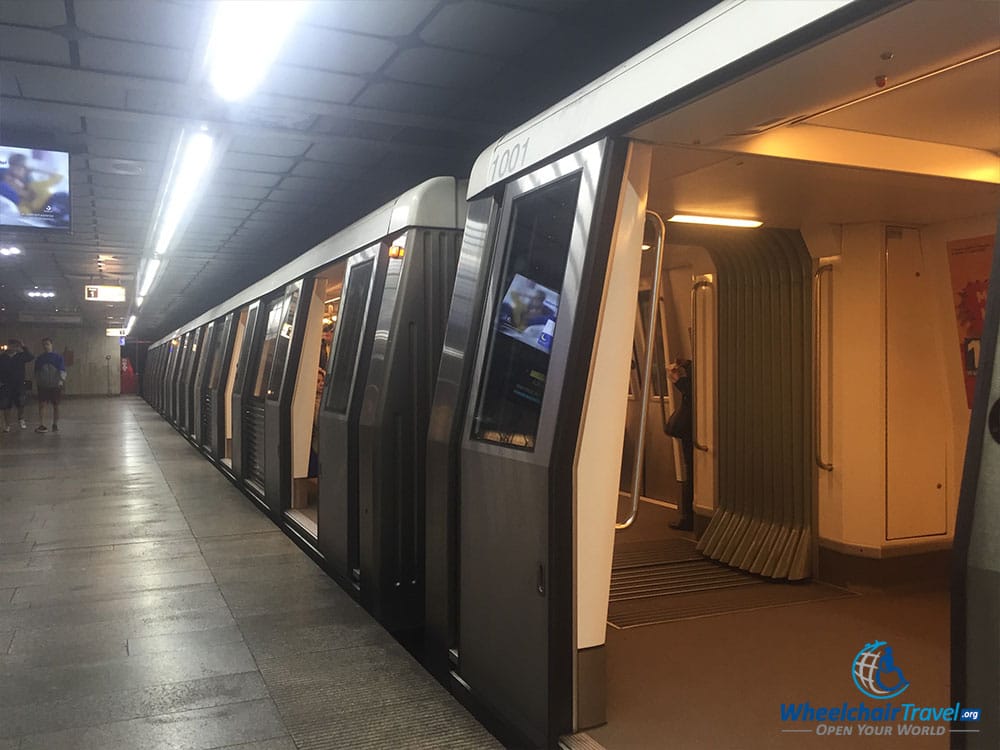
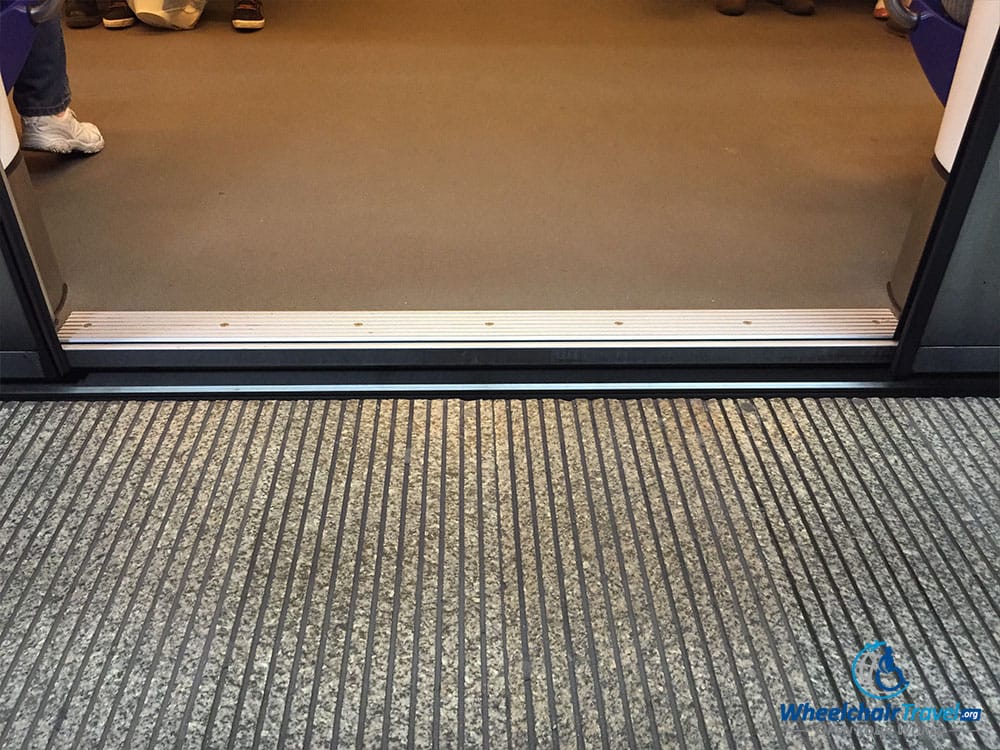
The following stations are NOT accessible to any wheelchair user, as there is no elevator access:
- Line M1 (Yellow): Crangasi, Eroilor, Mihai Bravu, Obor, Pantelimon, Petracha Poenaru, Piata Muncli, Piata Victoriei.
- Line M2 (Blue): Aviatorilor, Dimitrie Leonida, Piata Victoriei, Tineretului.
- Line M3 (Red): 1 Decembrie 1918, Eroilor, Mihai Bravu.
- Line M4 (Green): All stations are equipped with elevators.
Stations without elevators require travelers to ascend or descend long flights of stairs. I would personally recommend that power wheelchair users avoid the subway and instead use the accessible city bus network when visiting Bucharest, Romania.



